Sales Report Reveals Big Week for Beef Exports
USDA released their Weekly Export Sales report on Thursday morning, with a marketing-year high for beef and a marketing-year low for wheat and soybeans.












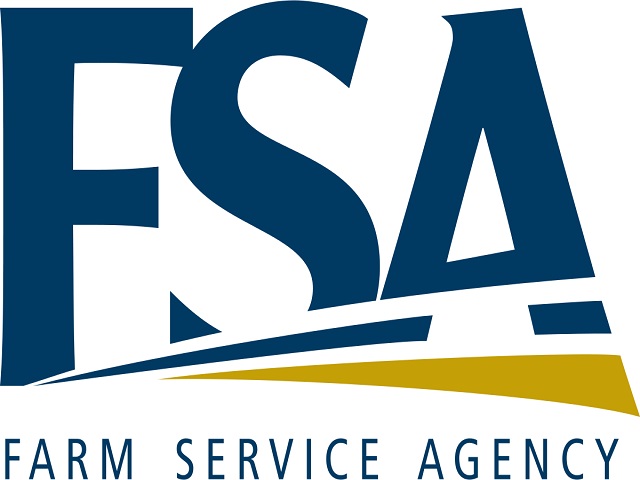


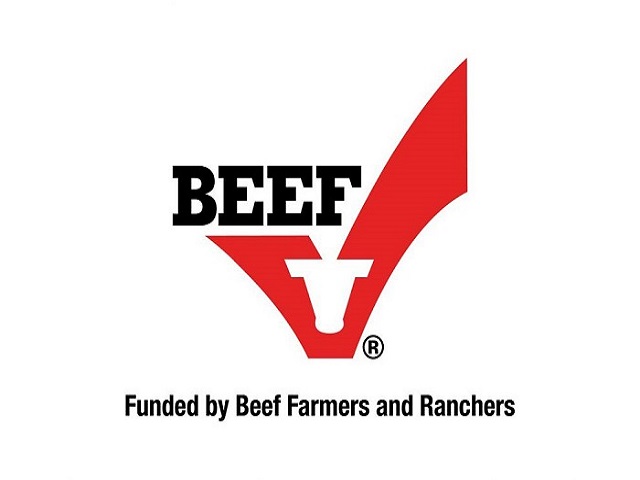



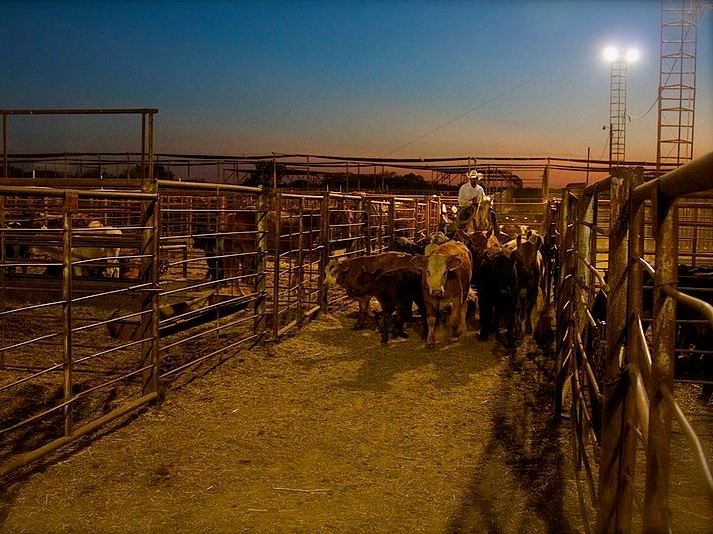
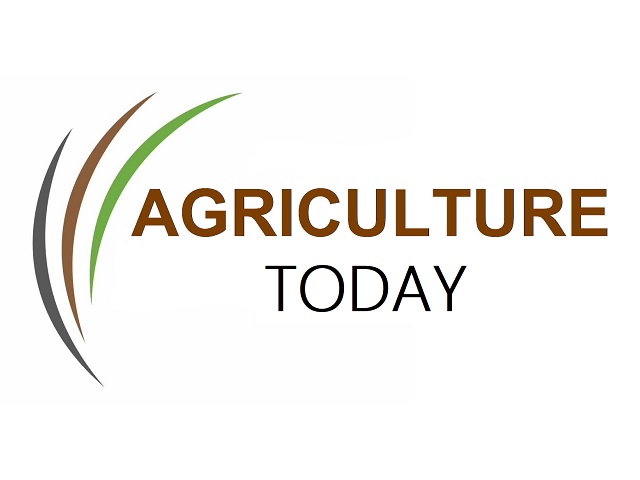




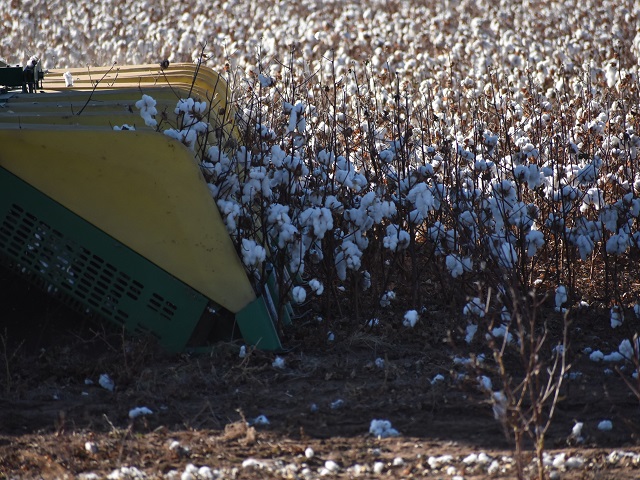




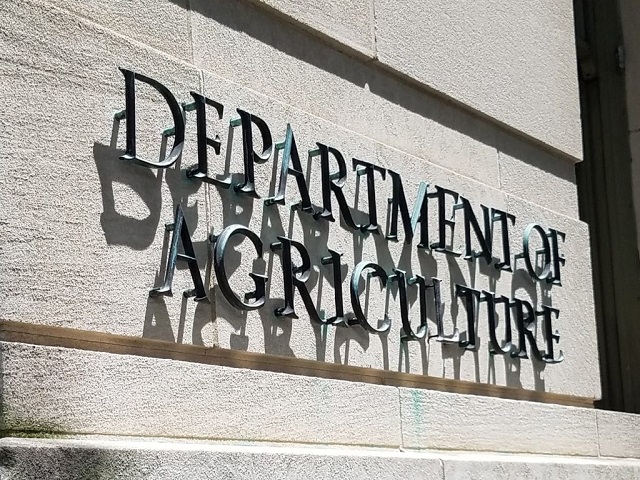


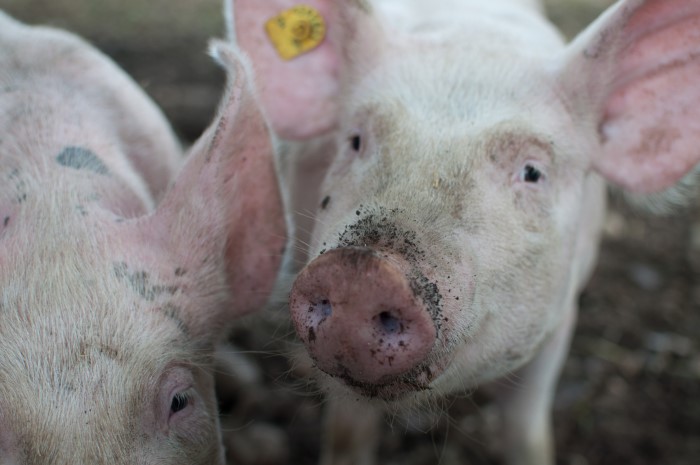

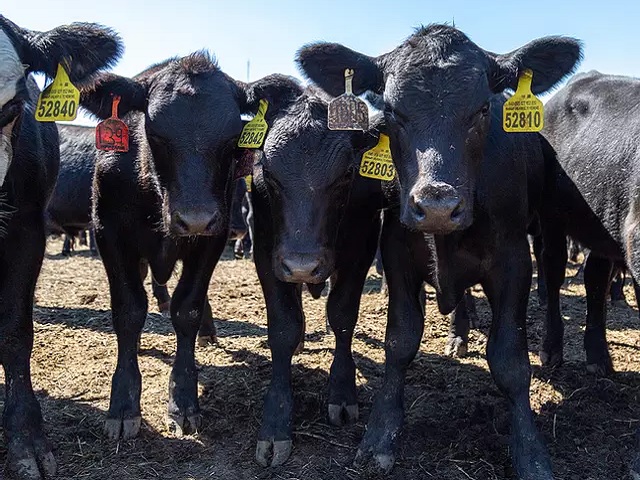








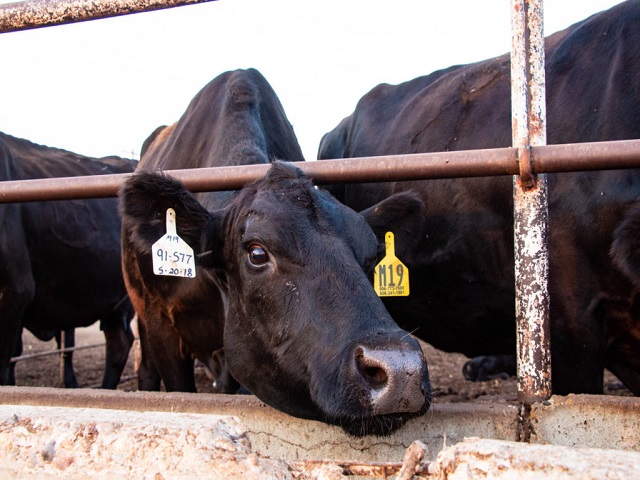





















































USDA released their Weekly Export Sales report on Thursday morning, with a marketing-year high for beef and a marketing-year low for wheat and soybeans.
raders are preparing for what is considered one of the most important feeder reports of the season, the November USDA Cattle on Feed Report.
The U.S. Department of Agriculture (USDA) distributes billions of dollars a year through programs that, by law, require payment recipients to be actively engaged in farming.
USDA projections for changes in U.S. farm prices between 2020 and 2030 indicate a mixed outlook shaped by the expected recovery in the U.S. and global demand, continued export competition, and market conditions during 2020.
Next year, USDA will begin the process of enrolling new and existing acres of conservation lands into the largest federally administered private land retirement program.
Wheat growers are cautiously optimistic as export sales show signs of improvement in 2020.
According to the latest information from USDA for the month of September, U.S. lamb exports were higher in both volume and value.
Beef exports were fairly steady with last year in major Asian markets but trended lower overall according to recent data released by USDA.
The USDA released their monthly World Agricultural Supply and Demand Estimates or WASDE report Tuesday.
USDA released their monthly Crop Report on Tuesday, providing a late-season glance at the projected size of the corn, cotton and soybean crops.
Chinese demand for U.S. pork is leading to a record pace for exports, according to data released recently by USDA.
As portions of the country slip further into drought, one approaching deadline is important for landowners and cattlemen.
USDA has finalized payment rates for covered commodities under the 2018 Farm Bill.
USDA announced this week that the mango industry has voted to continue their federal research and promotion program while removing the provisions of frozen mangos as a covered commodity.
USDA’s Foreign Agriculture Service provided their weekly look into export sales and shipments Thursday by highlighting a big week for corn, cotton and beef.
The Farmers to Families Food Box Program program has already provided almost 101 million food boxes through the first two rounds and in the third and final round reports another 6.7 million food boxes invoiced since September 22.
USDA is issuing $1.68 billion in payments to producers and landowners for the 21.9 million acres enrolled in the Conservation Reserve Program.
USDA recently released the final rule for its Conservation Stewardship Program, making updates to the popular conservation program as directed by the 2018 Farm Bill.
USDA released their monthly World Agricultural Supply and Demand estimates on Friday.
USDA will begin accepting enrollment applications for the 2021 Dairy Margin Coverage program this week.
United States upland cotton production is expected to total 16.5 million bales, down 14 percent from last year according to the latest USDA Crop Production Report released on Friday.
After two decades of haggling, Namibia shipped 25 tons of beef to Philadelphia after successfully overcoming U.S. safety regulations and logistics.
The official comment period for a national Animal Disease Traceability framework closed at midnight on Monday, but not before many industry groups submitted ideas to USDA’s Animal Plant Health Inspection Service.
According to USDA’s Annual Small Grain Agricultural Survey, yields this past growing season averaged just a tick under 51 bushels per acre.
Last week, as the House of Representatives was preparing to pass a Continuing Resolution (CR) to fund the government through October, members from farming regions – on both sides of the aisle – were up in arms over a plan to exclude funding for USDA through the Commodity Credit Corporation.
USDA lowered their production estimates for the U.S. cotton crop last week by one million bales from the August projection.
Corn and soybean production is up from 2019, according to the Crop Production report issued Friday by USDA’s National Agricultural Statistics Service.
July exports of U.S. pork, which are on a record pace in 2020, were down from a year ago but increased compared to June according to statistics released by USDA.
July exports of U.S. beef rebounded from recent lows but remained below 2019 levels, according to data released by USDA.
As Friday’s deadline to enroll in USDA’s Coronavirus Food Assistance Program nears, one ag policy expert believes the cost of the program will not equal the expected budget.
USDA’s Foreign Agriculture Service projects 2021 Brazilian cotton plantings at 3.7 million acres, down 10 percent from the current harvest.
Agriculture Secretary Sonny Perdue announced that USDA will allow summer meal program operators to continue serving free meals to all children through December 31, 2020 or until all funding is exhausted.
Following the President’s announcement of additional funding up to $1 billion, USDA is planning to extend current contracts to deliver food boxes through September 18.
More than 10 years ago, USDA proposed a mandatory national animal identification program to protect the cattle industry from long-term injury in the event of a disease outbreak. That proposal, however, fell as cattlemen across the country balked at a government-mandate that would increase costs at a local level and could expose personal producer information to others.
The U.S. Department of Agriculture (USDA) announced a new annual survey of farmers, ranchers, and private forestland owners.
With so many different programs and deadlines facing producers this year, USDA’s Farm Service Agency has set up a call center to provide answers and assistance.
The USDA is providing policyholders additional time to pay premium and administrative fees and to waive accrual of interest.
USDA released their latest Weekly Export Sales Report on Thursday. Traders were greeted by lower sales for U.S. wheat, corn and cotton, but the light was brightest for sorghum and soybeans.
Plains Cotton Growers is reporting more than 75 percent of the dryland crop on the High Plains has been abandoned, mainly due to drought.
According to the Foreign Agriculture Service (FAS), for the week ending July 30, 2020 wheat sales increased 10 percent from the previous week on the heels of big purchases from the Philippines, Taiwan, and Brazil while exports fell 4 percent from last week.
The agriculture industry has long relied on the availability of foreign ag workers to tend fields, maintain livestock operations, and harvest crops and animals.
WASHINGTON, DC – Unsuspecting and unsolicited packages have been arriving nationwide from China, in many cases, claiming to contain jewelry. What the package contains however are unknown seeds. Individuals from … Read More
With more than half of the Southwest dealing with drought conditions, USDA’s Farm Service Agency reminds producers about the Livestock Forage Disaster Program.
The U.S. cattle herd is slightly smaller this year than at the same time last year, according to the latest July Cattle on Feed Report from USDA.
Funding for USDA and the FDA was approved by the House of Representatives on Friday.
According to USDA’s Foreign Agriculture Service, export sales for wheat, corn, cotton, beef, and pork were lower last week, while sales for sorghum and soybeans were higher.
Agriculture Secretary Sonny Perdue says USDA will launch a third round of the Farmers to Families Food Box Program with distributions to begin by September 1.
USDA released a report on its ongoing boxed beef and fed cattle price spread investigation on Wednesday.
USDA’s Risk Management Agency has announced changes to the Livestock Gross Margin insurance program for cattle and swine beginning with the 2021 crop year.
USDA posted the 2020 Dietary Guidelines Advisory Committee’s final report on Wednesday.